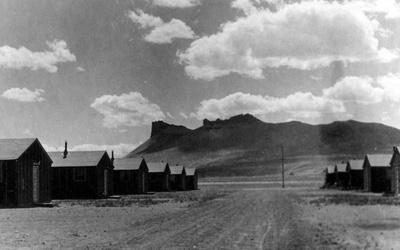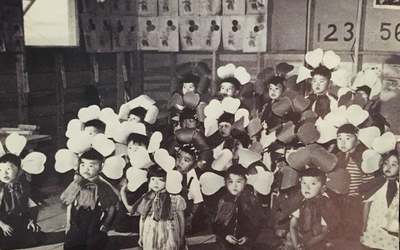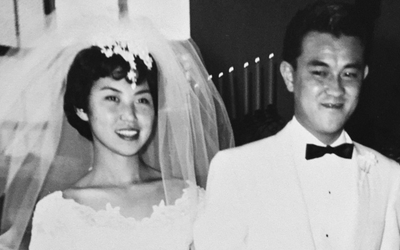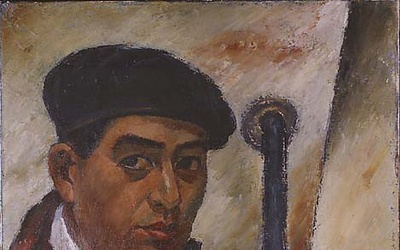Tessaku
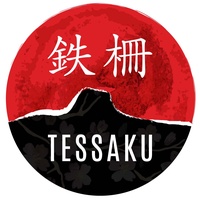
Tessaku was the name of a short-lived magazine published at the Tule Lake concentration camp during World War II. It also means “barbed wire.” This series brings to light stories of the Japanese American internment, illuminating those that haven’t been told with intimate and honest conversation. Tessaku brings the consequences of racial hysteria to the foreground, as we enter into a cultural and political era where lessons of the past must be remembered.
Stories from this series
Bob Kaneko - Part 2
Jan. 13, 2017 • Emiko Tsuchida
Read Part 1 >> So what happened in the camps? Your family voluntarily went. Bob Kaneko (BK): Well they voluntarily went to Auburn. And they got rounded up. Actually my mother said that the area they were in called Ophir. In fact my sister’s birth certificate says “rural California.” Cathy Kaneko (CK): His mom said the doctor didn’t make the birth so their friend’s wife delivered the baby and the doctor got their shortly afterward. What were your parents doing …
Bob Kaneko - Part 1
Jan. 12, 2017 • Emiko Tsuchida
Sadly, Mr. Kaneko passed away on September 18, 2016. I regret that he wasn’t able to read his interview and hope that this can honor his memory and pay great respect to his accomplished life. You had your sensei at the front of the room and he had different kinds of batons, if you will. You hear about Catholic nuns whacking kids? Well, these guys did the same thing. -- Bob Kaneko When I visited his Berkeley home last …
Sandy Kaya - Part 2
Jan. 6, 2017 • Emiko Tsuchida
Read Part 1 >> So you spent two and a half years in Hawaii, then moved back to Berkeley. Why Berkeley? In 1948 we moved to Berkeley because my sister Toshie, the oldest sister, her father-in-law passed away and she was all by herself with her two boys. So my mother decided she didn’t want to stay in Hawaii, let’s go back. So my father did come to Hawaii while we were there and he stayed for two weeks. He …
Sandy Kaya - Part 1
Jan. 5, 2017 • Emiko Tsuchida
“When we got to camp it was really nice because there were all these kids, same age. From what I can remember, it was fun. It was fun.” -- Sandy Kaya Sandy Kaya is one of my father’s oldest friends from elementary school. Soft-spoken, generous, and committed to keeping his Berkeley community of Japanese American friends and classmates in touch, Sandy is the anchor that sustains the relationships of the past. Each year he coordinates a reunion, maintains the master email …
Madeleine Sugimoto - Part 2
Dec. 20, 2016 • Emiko Tsuchida
Read Part 1 He produced an incredible amount of work in the camps. There were two different paintings that I wanted to ask you about. The first is called Final Decision. It looks like a Japanese American soldier looking at a picture of his parents with an American flag on the wall. Can you describe what that’s about? Well the fact is that during, being in camp, many of the young fellows wanted to join the army which is ironic when you …
Madeleine Sugimoto - Part 1
Dec. 19, 2016 • Emiko Tsuchida
“I think that as a child, I feel that I was protected because my parents and their friends and my grandparents never really spoke about anything in regard to what was happening. So later on as I grew older, and I talked with them, then I found out how fearful they were.” -- Madeleine Sugimoto As the only daughter of renowned artist and painter Henry Sugimoto, Madeleine Sugimoto has the immense responsibility of caring for the legacy of hundreds of …

